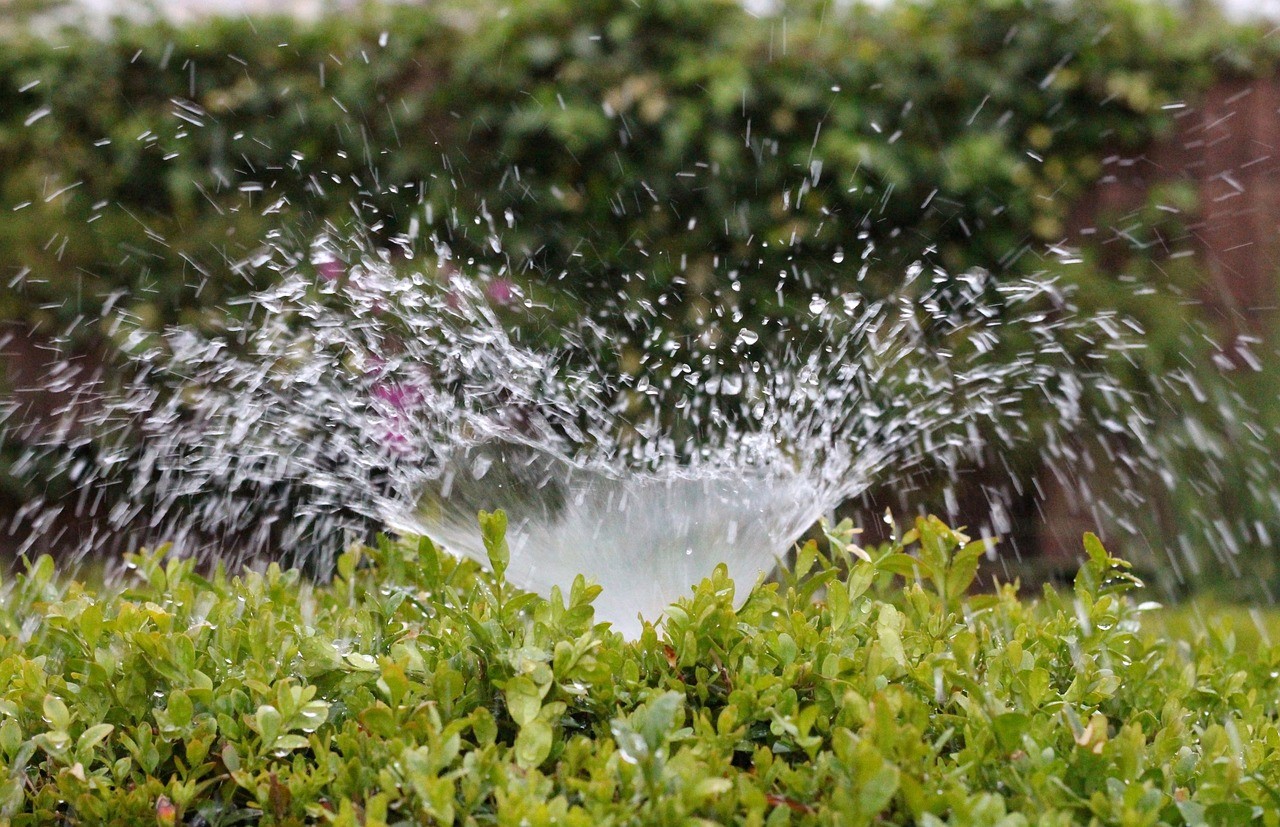Weeds can be a problem wherever desirable plants grow, be it in a flower bed, garden, or lawn. Many who are at war with weeds choose to use chemical herbicides because they are so easy to use and work so well.
But here’s the thing: You have to know when to apply weed killers. What happens if you apply herbicides at the wrong time? At best, they won’t work very well. At worst, they can kill your desirable plants or lawn.
When’s The Best Time To Apply Weed Killer?
The answer to this question depends on a few variables. But applying herbicides at the right time is crucial to your success in controlling weeds.
General Guidelines:
For now, let’s look at some general guidelines that apply to both types of herbicides.
- Liquid sprays should be applied to dry weeds
- The best temperature to use a weed killer is below 85 degrees
Type of Weed Killer
First, you have to decide whether you need to use a pre-emergent or post-emergent weed killer.
The liquid herbicide should remain on the weeds as long as possible before being washed off by rain. Try to pick a day that begins a three or four-day dry period to apply a liquid weed killer.
Granulated weed killers, which are usually pre-emergent herbicides, can usually be applied in either wet or dry weather. But they’ll have to be watered into the soil by day three after application if there’s no rain by then.
And that decision largely depends on the type of weeds you are looking to kill. We’ll discuss that in the sections below.
Use When Weed is Dry
Liquid sprays should be applied to dry weeds that have no moisture on them. Rain or dew on a weed’s leaves will dilute the herbicide that you spray on them. That’ll make the herbicide much less effective.
Temperature Conditions
It’s also best to spray when the temperature is below 85 degrees F. At higher temperatures, the weed is in defense mode and won’t readily absorb anything other than water from its leaves.
Now we’ll move on to the specifics. In the following sections, you’ll learn what type of weed killer you need and the best time of year to apply it.
Pre-Emergent Weed Killers
Pre-emergent herbicides usually work by preventing weed seeds from germinating. This makes them great for treating lawns. You won’t have to worry about killing your lawn if you’re just keeping weeds from sprouting.
For total weed control in your lawn, a minimum of three applications is necessary throughout the year.
An early spring application will prevent summer annual weeds from germinating. If you want to be really accurate with your timing, get a soil thermometer. The right time to apply is when your soil temp is at least 55 degrees F for three days in a row.
A second application six to eight weeks after the first will prevent weed seeds with a lengthier germination period from sprouting. Applying a pre-emergent in the fall or very early winter will stop cool-season weeds from getting started on your lawn.
The same guidelines apply to flower beds and vegetable gardens. Just remember that pre-emergent herbicides prevent veggies and pretty flowers from sprouting as well.
Post-Emergent Herbicides
This type of weed killer kills weeds that are actively growing. You have to be careful with them, because they may kill your desirable plants if they get on them.
Post-emergents can be applied at any time of year. It’s best to get weeds while they’re young though. Herbicides work better when they are absorbed by tender young leaves. And if you kill a weed before it goes to seed, that’s less of a problem to deal with the following year.
To kill older, woodier weeds with a post-emergent, it would be best to go with a two-pronged attack. Chop these weeds down with a machete or hedge clippers.
The weeds will then try to sprout many new green leaves, which are better at absorbing herbicides. Once you see these tender young buds and leaves, spray them.
Post-emergents fall into two general categories: broad spectrum and narrow spectrum. Broad-spectrum weed killers basically kill any plant they touch. Narrow-spectrum weed killers are more selective. It’s important to carefully read labels to see what weeds the herbicide is meant to kill and what plants are safe from it.
The good thing about post-emergent weed killers is that they can be used at any time of year, whenever you see the need. Just be careful not to over-apply. Check the label. It may say to wait a certain period of time between applications. This prevents toxic buildup, which can spread by runoff and harm nearby desirable plants.
How Do Weed Killers Work?
Pre-emergent herbicides form a chemical barrier on top of and in the very top layer of soil in your lawn or garden. This chemical film prevents the seed from germinating.
Non-selective post-emergents, the kind of weed killer that kills any plant it touches, work by attacking enzymes in the weed that it’s sprayed on.
The most common enzymes targeted by this type of herbicide control protein and fat production within the weed’s tiny cells. Unable to produce protein or fat, the cells die. When enough cells are killed quickly enough throughout the entire weed, the whole weed dies.
Selective, or narrow spectrum, weed killers work a little differently. Most of them are actually growth hormones.
How in the world can a growth hormone kill a weed? It confuses it. When applied all over the weed, the weed doesn’t know which way to grow. The weed then uses all of its energy trying to grow in all directions at once. It dies from sheer exhaustion.
Some weed killers use a combination of herbicides that kill the weed and keep seeds from germinating in the area of application.
Other types don’t kill the weed immediately but get into the weed’s system and prevent the roots from replacing cells as they die off naturally. These types of weed killers are often advertised as being long-acting.
Conclusion
Knowing when to apply weed killer can mean the difference between victory and defeat in your battle against weeds. To prevent weeds from germinating, use a pre-emergent weed killer early in the spring, late in the spring, and again in late fall.
To treat weeds that pop up here and there, use a post-emergent weed killer as and when needed. Get them while they’re young, if possible.



